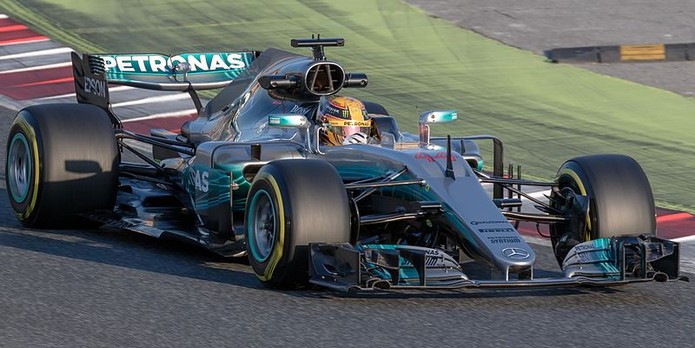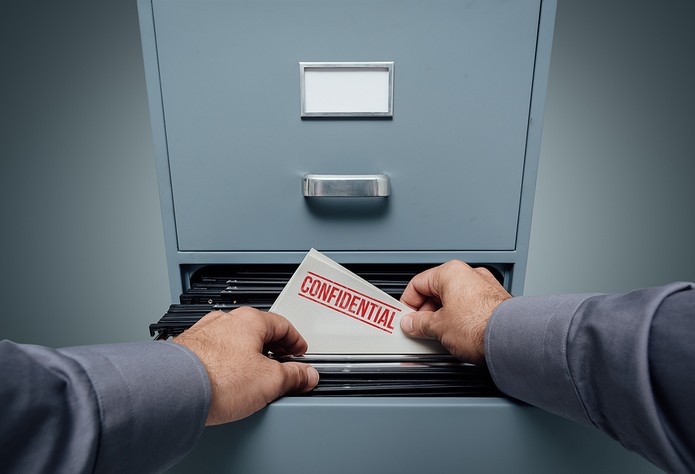 The governing body of Formula One, the FIA, have made the extraordinary decision to increase the potential fines their drivers could be hit with by a mammoth 400%.
The governing body of Formula One, the FIA, have made the extraordinary decision to increase the potential fines their drivers could be hit with by a mammoth 400%.
It means that the worst offenders could be sanctioned for a sum of up to €1 million (£870,000), which is up from the previous ceiling of €250,000 (£218,000).
The move has gone down as you would expect with the current grid of drivers, with Kevin Magnussen branding the decision ‘ridiculous’. Lewis Hamilton, no stranger to a fine or two, has stated that the only way he would pay up is if the money raised is donated to good causes, while Ferrari’s Charles Leclerc declared:
“I have no idea what deserves a €1m euros penalty.”
The FIA, however, claim that the time is right for the change to ‘reflect the current needs of motor sports’, and have said that the maximum penalty will only be metered out those committing the most serious of offences, be it a driver on the track or a constructor team in their operations.
Biggest F1 Fine (Driver)

One of the curious things about the FIA’s suite of fines is that, despite these drivers having each others’ lives in their hands, they don’t get punished too badly when they do infringe the rules.
For instance, after 17 races of the 2023 season, Lewis Hamilton is the worst offender having amassed fines of €50,700, but most of that came from a single incident – more on that shortly.
The next driver to have paid out the most is Nico Hulkenberg, whose had to cough up €10,400 for ‘crimes’ ranging from an administrative error to speeding in the pitlane.
Meanwhile, at the halfway point of the 2022 season, the most fined driver was Sebastian Vettel, who was forced to pay €35,000 for a variety of misdemeanours.
But there has been an escalation in the fines levied from isolated incidents in recent years. In 2021, Max Verstappen accidentally clipped the rear wing of Lewis Hamilton’s Mercedes at the Brazilian Grand Prix. It was a very dangerous moment for all involved, but Verstappen apologised and showed contrition – no matter, as he was hit with a €50,000 penalty.
In 2023, Hamilton himself became a member of the €50,000 fines club. After crashing out of the Qatar Grand Prix, he walked across the live track while the race was ongoing – a no-no in the rulebook of the FIA, who claimed that Hamilton’s ‘role model’ status meant he shouldn’t be acted in ways that would influence younger viewers unduly.
The case is currently under review, and could see the FIA significantly increasing the fine levied out for a similar offence in the future.
Formula One’s Spygate Moment

Of course, any discussion of fines in Formula One would not be complete without mentioning the extraordinary $100 million (£82 million) penalty that was slapped on McLaren in 2007 – it remains one of the largest fines ever paid in sporting history, let alone F1.
The constructor was basically accused of spying on Ferrari, accessing technical documents that should have remained confidential as the intellectual property of the Italian outfit.
They were only found out by a plot twist that would look right at home in a Netflix drama. The wife of McLaren designer Michael Coughlan, Trudy, went to a local printing shop to ask for photocopies of a 780-page document featuring the Ferrari watermark to be made.
She returned after a few days to pick up the documents and, as would come to light during the investigations that would later follow, shredded the original papers at home and then set fire to the scraps in the garden of the Coughlan family home.
Meanwhile, staff at the shop had become suspicious of the nature of the material being copied. They somehow stumbled across an email address for Ferrari boss Stefano Domenicali, penned him a message and the rest, as they say, is history.
McLaren boss Ron Dennis and then team drivers Hamilton and Fernando Alonso were hauled in for questioning – the latter pair given immunity in return for information, and after a lengthy investigation conclusion McLaren were barred from the Constructors’ Championship in 2007 and handed the astronomical fine for their version of corporate espionage.
Team officials would later admit that members of the McLaren workforce came into possession of Ferrari’s technical specs – albeit without revealing their source or how they came about the dossier.
After an examination of the McLaren MP4/23 car found that the team had not put any of the Ferrari findings into practice, they were allowed to continue competing in F1.